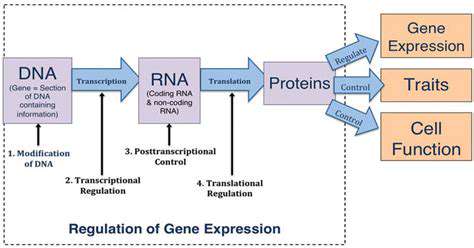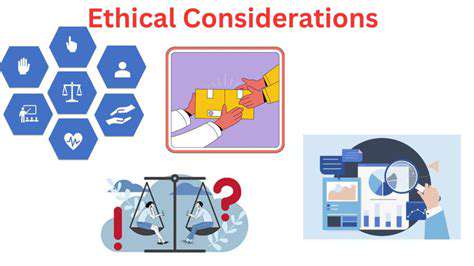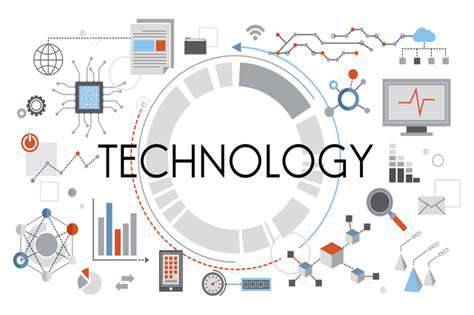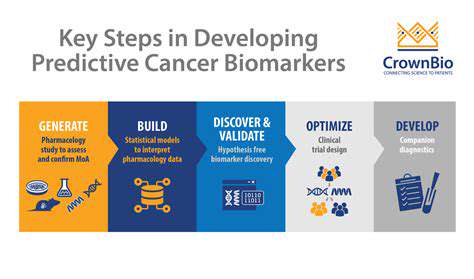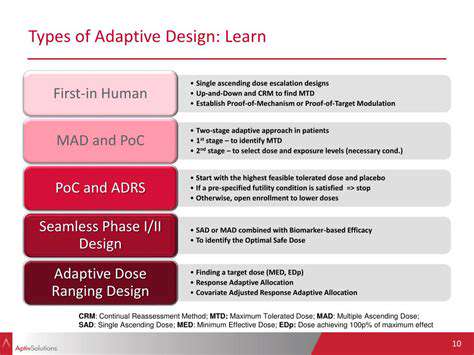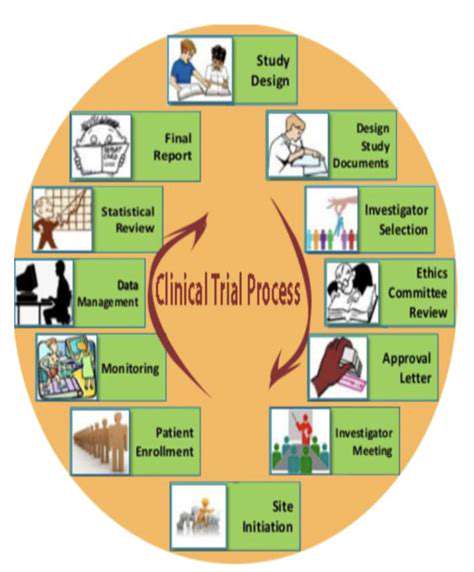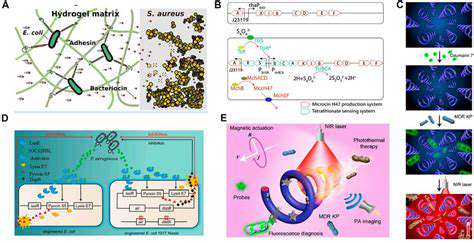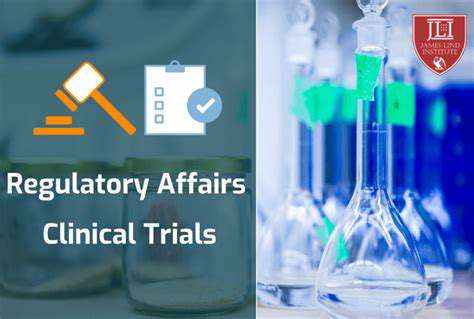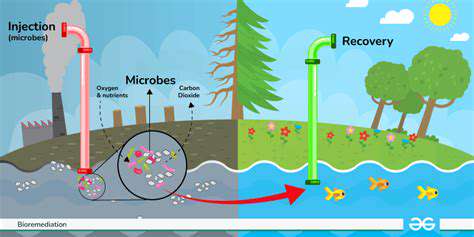Modern medicine has witnessed revolutionary advances through engineered viral vectors, which serve as sophisticated vehicles for transporting therapeutic genes into specific cells. These biological tools, originally derived from viruses, have undergone extensive modifications to eliminate disease-causing properties while enhancing their gene delivery capabilities. What makes these vectors indispensable is their surgical precision in targeting cells, a feature that directly influences treatment outcomes. Their applications span numerous genetic conditions, offering hope where conventional treatments fall short.
By facilitating the introduction of corrected or beneficial genes into cellular DNA, these vectors create possibilities for addressing previously untreatable disorders. The implications for personalized medicine are particularly profound, as this technology continues to mature.
Viral Vector Types and Their Clinical Uses
The gene therapy field employs various viral vectors, each selected based on distinct biological properties. Retroviral vectors, for example, permanently incorporate therapeutic genes into host chromosomes - an approach that can provide lifelong correction but requires careful monitoring due to potential genetic disruptions. While this integration offers lasting benefits, researchers remain vigilant about possible unintended genetic consequences. Adeno-associated viruses (AAVs) present a safer alternative for many applications, as they typically don't integrate into the genome.
Adenoviral vectors demonstrate exceptional gene transfer efficiency but may trigger immune reactions, necessitating careful patient selection. The choice of vector ultimately depends on balancing therapeutic objectives with biological constraints.
Key Benefits of Engineered Viral Vectors
Several compelling advantages make viral vectors the preferred choice for many gene therapy applications. Their exceptional delivery efficiency ensures therapeutic genes reach sufficient numbers of target cells, dramatically improving treatment prospects. This remarkable efficiency transforms theoretical treatments into practical solutions for patients with genetic disorders.
Additional strengths include their natural ability to recognize and enter specific cell types, reducing collateral effects on healthy tissues while maximizing therapeutic impact where needed most.
Current Challenges in Vector Development
Despite promising results, viral vector technology faces significant hurdles. Comprehensive safety testing across multiple trial phases remains essential to verify both effectiveness and patient safety. Immune system reactions to viral components often complicate repeated treatments, presenting an ongoing research priority. Scientists continue refining vector designs to overcome these obstacles.
Maintaining genetic payload stability during manufacturing and administration introduces additional complexity, highlighting the need for continued innovation in production methodologies and quality control.
Safety Protocols and Ethical Discussions
Patient safety governs all aspects of viral vector development, with rigorous testing protocols designed to identify potential risks like genetic disruptions or immune complications. The ethical dimensions of permanently altering human genetics demand thoughtful public discourse and transparent risk-benefit analyses.
Long-term monitoring of treated patients provides crucial data to assess both therapeutic success and potential late-emerging effects, ensuring responsible advancement of this powerful technology.
Innovation and Research Frontiers
Cutting-edge research focuses on creating next-generation vectors with improved precision and reduced side effects. Breakthroughs in genetic engineering and virology continuously reshape what's possible in targeted gene therapy applications.
Emerging strategies aim to further minimize immune recognition and enhance delivery accuracy, potentially unlocking treatments for previously inaccessible conditions.
Clinical Success Stories and Potential
Recent clinical trials demonstrate viral vectors' capacity to address severe genetic conditions successfully. The ability to provide meaningful treatments for previously hopeless cases represents one of modern medicine's most inspiring achievements.
As these therapies progress, they promise to redefine treatment paradigms across numerous disease categories, offering new hope to patients worldwide.
Development of Non-Viral Delivery Systems
Non-Viral Vectors: A Promising Alternative
Researchers increasingly explore non-viral delivery methods to address viral vectors' limitations, including immune reactions and manufacturing challenges. Synthetic delivery platforms like lipid nanoparticles and polymeric carriers present attractive alternatives with improved safety profiles. Their modular design allows customization for specific therapeutic needs, potentially enabling more predictable and scalable gene therapies.
Lipid-based systems, while promising, require optimization to improve their stability and delivery efficiency. Current research focuses on novel formulations that enhance cellular uptake while maintaining biocompatibility, representing a crucial step toward clinical viability.
Polymeric Carriers: Enhancing Gene Delivery
Advanced polymer chemistry enables creation of sophisticated gene carriers with tunable properties. These materials can be engineered to respond to biological triggers, releasing their genetic payloads at precisely controlled rates. This level of control represents a significant advancement in achieving localized, dosage-controlled gene therapy.
The interplay between polymer chemistry and cellular biology continues to yield innovative delivery solutions, with each advancement bringing non-viral approaches closer to clinical parity with viral methods.
Nanoparticle-Based Systems: Precision and Efficiency
Nanoscale delivery platforms combine multiple advantageous properties, including high payload capacity and molecular targeting capabilities. Their small size enables efficient cellular entry, while surface modifications can direct them to specific tissues. This targeting precision minimizes systemic exposure while maximizing therapeutic impact at disease sites.
Current research addresses challenges related to long-term stability and biocompatibility, with advanced material science offering solutions to these limitations. The potential for combination therapies - delivering genes alongside other therapeutic agents - makes nanoparticles particularly versatile tools.
As nanotechnology evolves, so does our ability to engineer increasingly sophisticated delivery systems capable of addressing complex genetic disorders with unprecedented precision.
Location-based technologies are transforming mobile commerce, enabling businesses to deliver context-aware services and personalized promotions. These innovations bridge digital and physical retail experiences, creating seamless consumer journeys that begin with mobile discovery and often culminate in-store.
